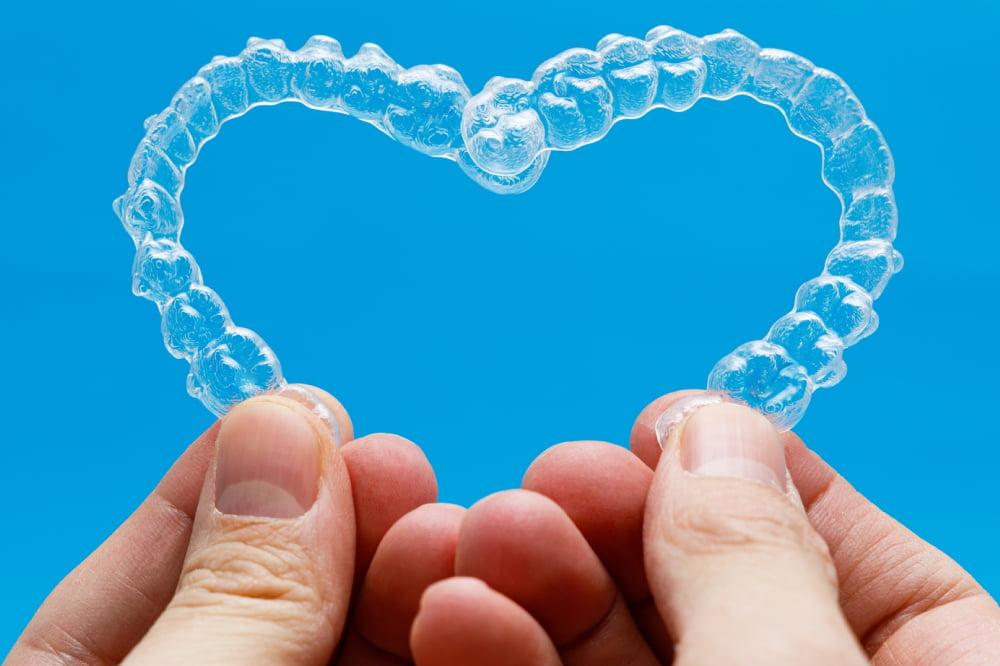Key factors to know about invisible dental aligners

With a little help from dentists, everyone can achieve the bright smile they desire. Instead of braces, many people are now moving to aligners. These clear orthodontic devices are practically invisible. The process makes use of a series of tight-fitting custom-made pieces that slip over the teeth to correct teeth placement. However, these may only be suitable for some. Read on to learn more about invisible dental aligners and how they work.
Who can get invisible aligners?
Invisible aligners are custom-built and offer a tight grip, making them ideal for teenagers and adults. They are generally not advisable for growing children.
These aligners are typically used for people with mild to moderately crowded teeth or minor spacing issues. Those with severe crowding or spacing problems may need to opt for other complex treatment options. It is best to consult a dentist before opting for aligners.
How do invisible aligners work?
Depending on one’s current teeth alignment, the doctor creates a plan to correct the bite. Based on this plan, several versions of the clear aligners are made. Several digital scans are conducted for every patient to ensure a snug fit on the teeth over the course of the treatment. The aligners are changed every few weeks to continually move the teeth and bring them to their desired position.
How long does the treatment take?
Bite correction using invisible aligners can take anywhere between 10 and 24 months. The duration of this period is determined by the extent to which the teeth need to be moved or rotated.
What are the pros and cons of invisible dental aligners?
There are several benefits and drawbacks to using invisible dental aligners, such as:
Advantages
- Comfort
Compared to traditional braces, aligners are more comfortable to wear. They reduce the risk of nicks and cuts in the mouth and do not have any sharp edges that may irritate. - Attractive
These aligners are clear, and give the appearance of one’s natural teeth. Unlike metal braces, these aligners do not leave one feeling self-conscious about their smile. - Convenient
Their widespread availability across hospitals and dental clinics makes them a convenient option for correcting one’s bite. - Removable
Since these aligners can be removed during eating, brushing, and flossing, they allow one to indulge in a wider range of foods and practice better oral hygiene.
Disadvantages
- Expensive
One of the biggest reasons people opt for other bite correction options is the cost associated with invisible aligners. They are not covered under most insurance plans and can cost anywhere between $3,500 and $8,000. - Constant use
For the treatment to work effectively, invisible dental aligners need to be worn for 22 hours a day, and can only be removed for brushing, flossing, and eating. This can be cumbersome for some. - Tooth discomfort
The pressure caused by the invisible aligners can also be painful or uncomfortable for some people. Using a pain reliever during this time may help as the teeth adjust to the aligners.



